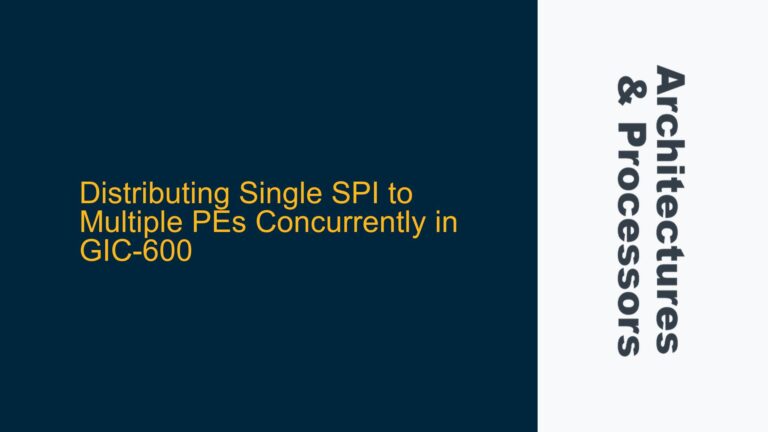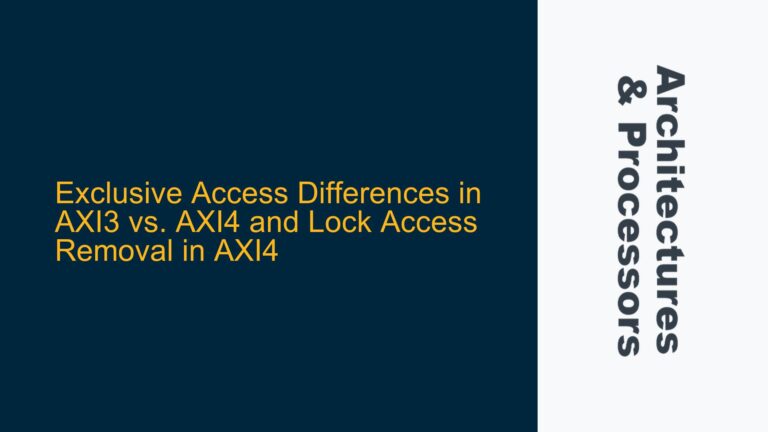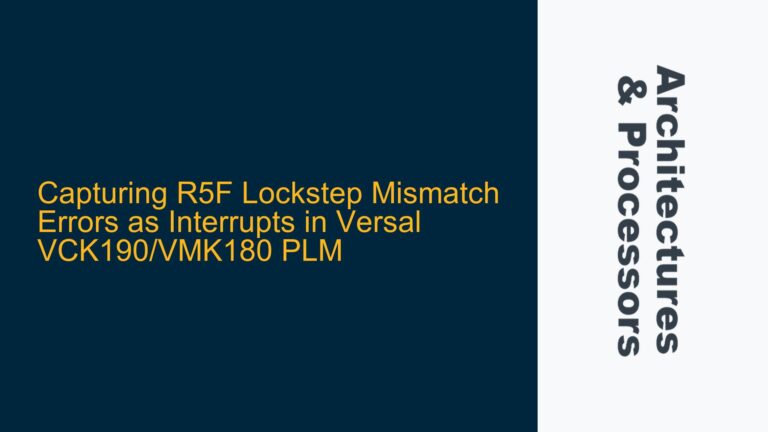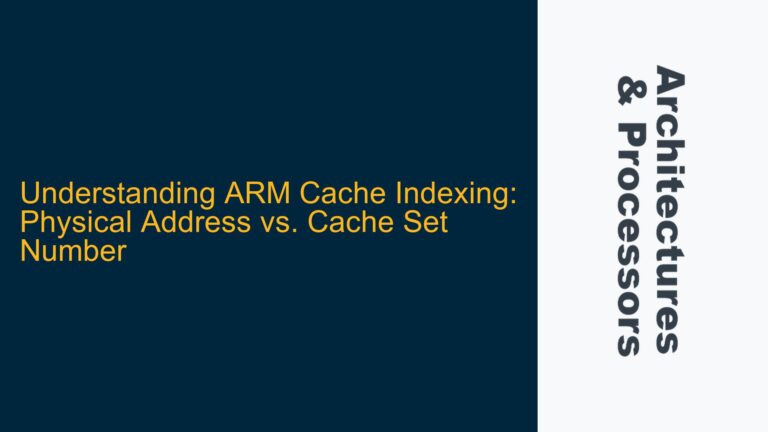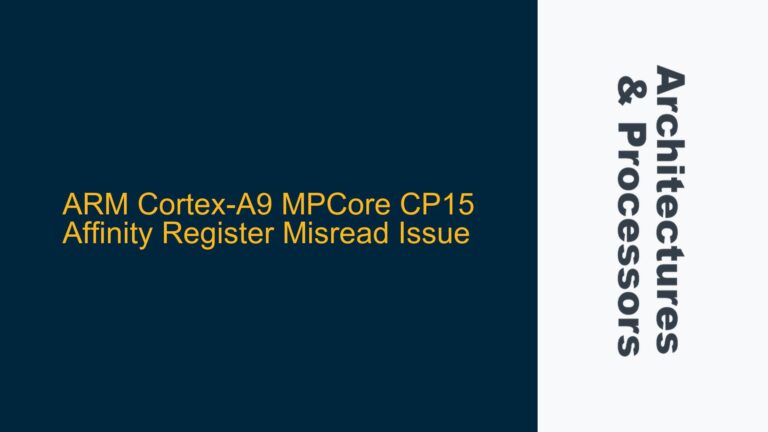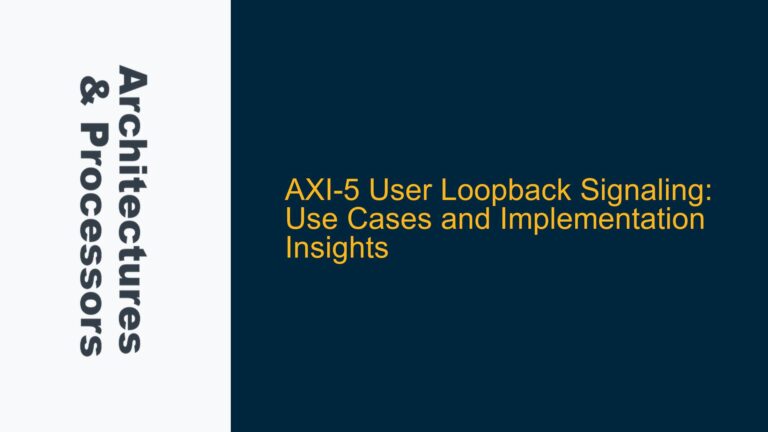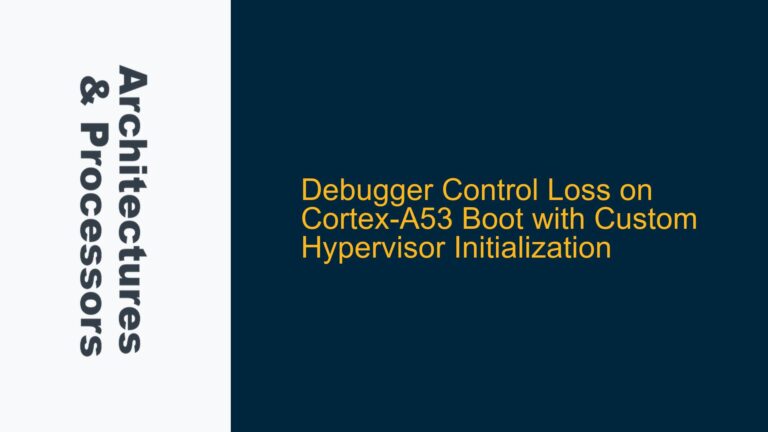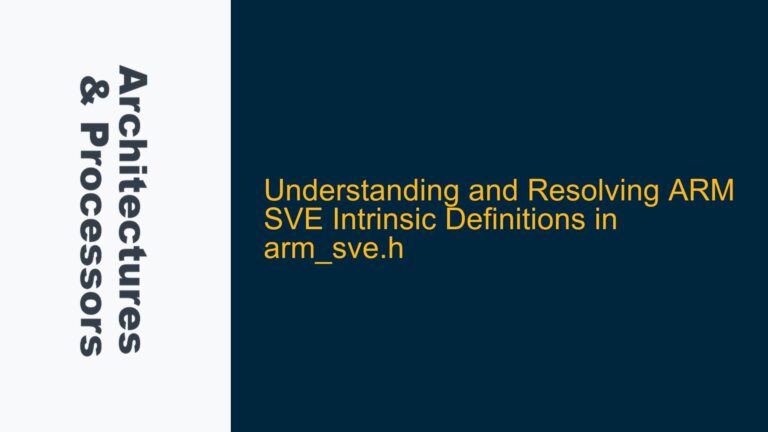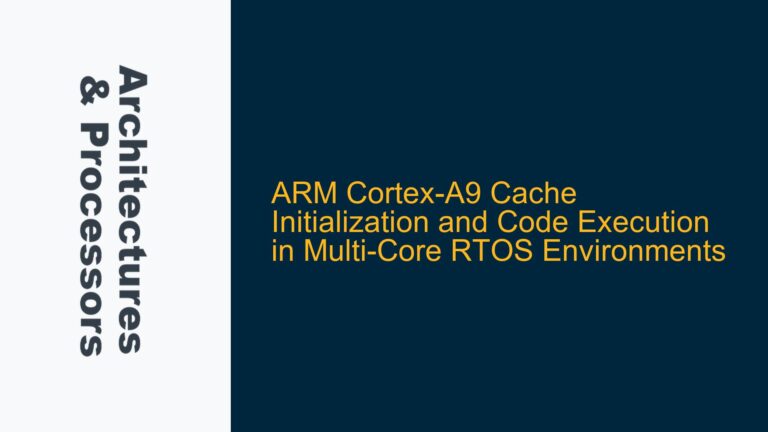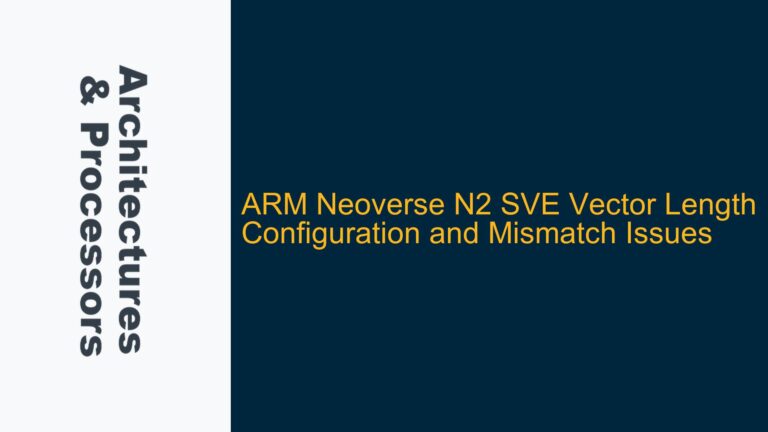Distributing Single SPI to Multiple PEs Concurrently in GIC-600
ARM Cortex-A55 and GIC-600: SPI Interrupt Distribution Challenges in AMP Systems In systems utilizing the ARM Cortex-A55 cores alongside the GIC-600 interrupt controller, a common challenge arises when attempting to distribute a single Shared Peripheral Interrupt (SPI) to multiple Processing Elements (PEs) concurrently. This scenario is particularly relevant in Asymmetric Multiprocessing (AMP) systems, where one…
